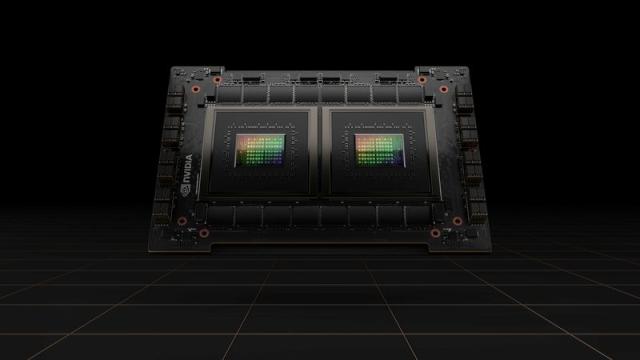Nvidia Corp, the world’s biggest designer of computer chips used in producing artificial intelligence, unveiled new research that demonstrates the use of AI to improve chip design.
The process of building a chip entails selecting where to place tens of billions of tiny on-off switches called transistors on a wafer of silicon to generate working circuits. The positioning of those transistors influences the cost, speed, and power consumption of the chip.
In order to maximize the location of those transistors, chip design professionals employ sophisticated design tools from companies like Synopsys Inc. and Cadence Design Systems Inc.

On Monday, Nvidia issued a paper indicating that it may use a combination of artificial intelligence techniques to find better ways to place big groups of transistors. The 2021 paper from Google, a subsidiary of Alphabet Inc., was intended to be improved upon; nonetheless, its conclusions later sparked criticism.
In order to improve upon a previous effort created by the University of Texas researchers using reinforcement learning, Nvidia researchers added a second layer of artificial intelligence on top of it.
The effort, according to Bill Dally, chief scientist at Nvidia, is crucial because per-transistor prices in new generations of chip manufacturing technologies are now higher than in earlier generations, limiting the advancement of chip production.

That contradicts Gordon Moore’s well-known forecast that chips would always become more affordable and faster.
“You’re no longer genuinely getting an economy from that scaling,” Dally added. “To continue to move forward and to deliver more value to customers, we can’t get it from cheaper transistors. We must achieve it by improving our design acumen.”




